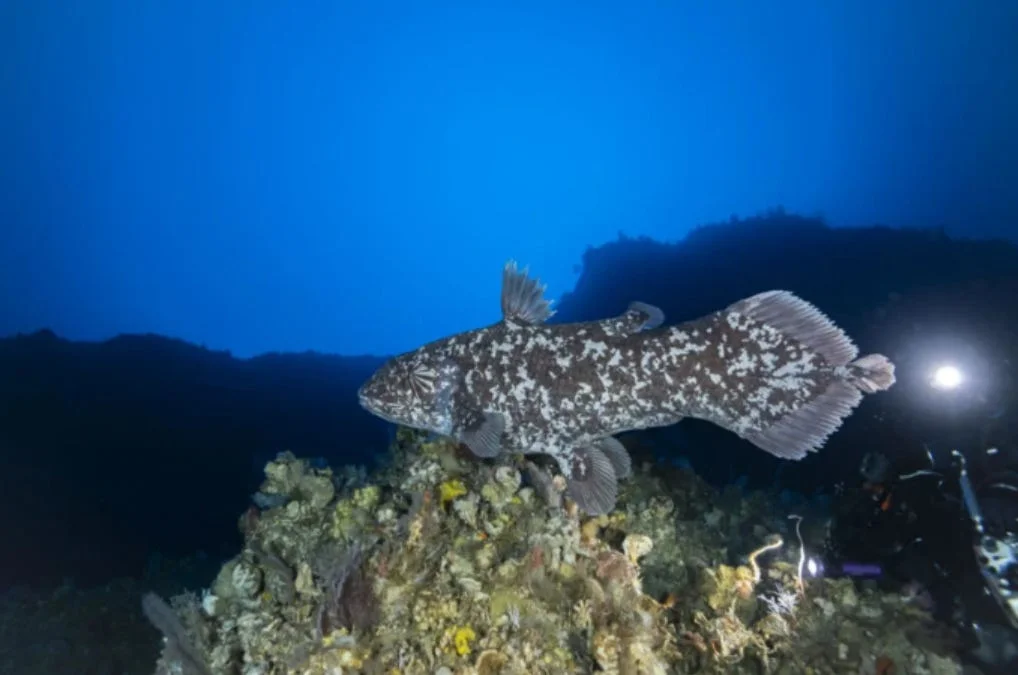
Unveiling The Indonesian Coelacanth: A Rare Encounter With The ‘Dinosaur Fish’
In October 2024, marine researchers made headlines with the astonishing rediscovery of the coelacanth, a species long thought extinct for 70 million years. Known colloquially as the "dinosaur fish," this deep-sea marvel was photographed in its natural habitat off the coast of the Maluku Islands in Indonesia, marking a significant milestone in marine biology.
For centuries, the coelacanth has captivated scientists and nature enthusiasts alike due to its ancient lineage, predating the dinosaurs by millions of years. The recent sighting not only renews interest in this enigmatic species but also contributes to our understanding of marine biodiversity and conservation efforts.

This remarkable discovery was made possible by a team of divers, equipped with sophisticated rebreathers and trimix gases, who ventured over 410 feet underwater. Their perseverance paid off when they encountered the elusive fish during two separate dives, capturing the first-ever photos of an adult coelacanth in the region. The fact that the coelacanth was spotted in open water rather than hiding in caves or crevices—a long-held belief about its behavior—suggests new insights into its ecological patterns.
Dr. Mark Erdmann, Vice President of Conservation International's Asia-Pacific field division, emphasized the significance of this find: "Coelacanths are really a flagship species. They would bring a lot of immediate international attention, which is great for conservation efforts." This sentiment echoes the sentiments expressed in a recent publication from the Nature journal, where researchers stress the importance of understanding coelacanths for conservation initiatives.
Interestingly, the history of the coelacanth is riddled with surprises. After being "discovered" in 1938 off the South African coast, it had been elusive until the recent discoveries in both 2013 and now in Indonesia. The Indonesian coelacanth (Latimeria menadoensis) differs from its West Indian Ocean counterpart (Latimeria chalumnae) and emphasizes the need for ongoing exploration in under-researched marine ecosystems.

This latest encounter serves as a reminder of the ocean's hidden treasures and the urgent need for conservation efforts. The coelacanth's delicate balance in its mesophotic environment mandates that its discovery remains confidential until protective measures are established. As Dr. Gino Valentino Limmon points out, "This discovery highlights the rich biodiversity of North Maluku and underscores the urgency of further exploration and conservation of the mesophotic zone."
As we celebrate the wonder of nature's resilience, we invite you to reflect on the significance of such discoveries. How can we work together to protect our oceans and the unique species inhabiting them? Share your thoughts in the comments below!